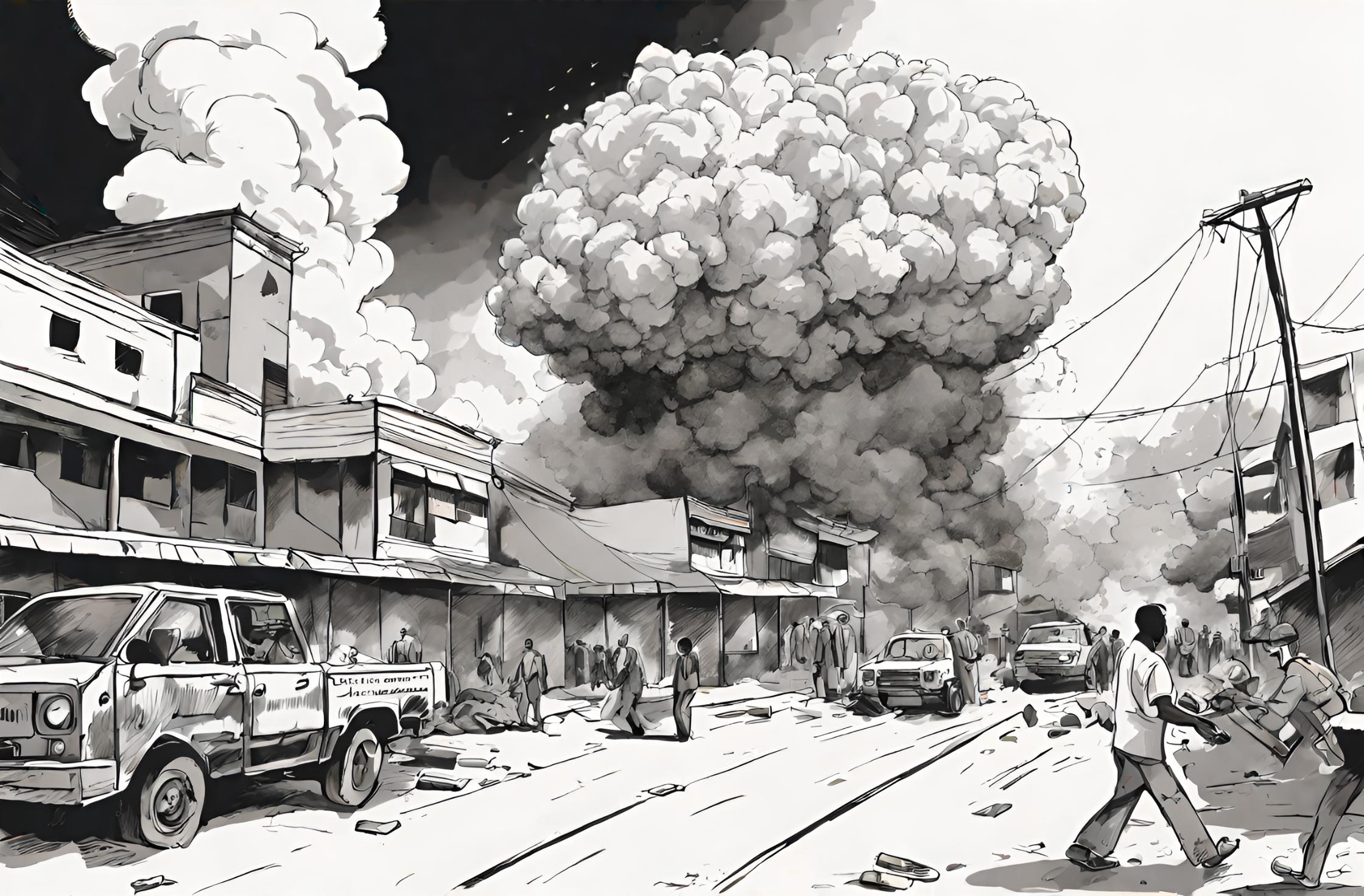Flashback to July 11
World History

On February 18, 1979, a truly extraordinary event occurred in the Sahara Desert, one of the driest and hottest places on Earth. Snow fell from the sky, transforming the arid landscape into a winter wonderland. This rare phenomenon astonished locals and grabbed the attention of people around the world. Let’s delve into this mesmerizing event and explore the scientific explanation behind it.
The Sahara Desert, known for its vast stretches of sand and scorching temperatures, rarely experiences any form of precipitation, let alone snowfall. However, on that fateful day in 1979, residents in the town of Ain Sefra, located in northwest Algeria, woke up to a truly mesmerizing sight – a desert covered in a blanket of snow.
Ain Sefra, dubbed “The Gateway to the Desert,” sits on the northern edge of the Sahara and is surrounded by the Atlas Mountains. The combination of these geographic features, along with a unique set of weather conditions, created the perfect circumstances for this snow event to take place.
Although the Sahara is known for its extreme heat, temperatures can drop significantly during the night. On the day before the snowfall, a cold air mass pushed southwards from Europe, resulting in unusually cold temperatures in the region.
Throughout the night, the temperature plummeted to around 10 degrees Fahrenheit (-12 degrees Celsius), setting the stage for the remarkable event that would follow. The combination of the cold air mass and the region’s elevation created the ideal conditions for the formation of snowflakes.
As dawn broke on February 18, the inhabitants of Ain Sefra were greeted with an astonishing sight. The desert, typically characterized by shades of orange and gold, had been transformed into a picturesque landscape of white. The untouched dunes and palm trees were capped with a delicate layer of snow, creating a stark contrast that seemed almost surreal.
News of the snowfall in the Sahara Desert quickly spread worldwide, capturing the attention and fascination of people from all corners of the globe. Photographs of camels and nomads in the snow-covered dunes became iconic, epitomizing the incredible beauty and rarity of this event.
While snowfall in the Sahara is rare, it is not entirely unprecedented. In fact, this was not the first time snow had been reported in the region. Similar events occurred in 1964, 1979, 2016, and 2018, among others. However, the 1979 snowfall gained particularly widespread attention due to its magnitude and visual impact.
Scientists attribute this phenomenon to the interplay of various atmospheric conditions. Cold air masses moving southwards from the Mediterranean, combined with the region’s high elevation and geographical features, create the necessary conditions for snow formation. While the snow does not last long, as it quickly melts due to the desert’s intense daytime heat, it leaves a lasting impression on those fortunate enough to witness it.
The snowfall in the Sahara Desert is a powerful reminder of the intricate and unpredictable nature of our planet’s weather systems. It serves as a testament to the extraordinary beauty and adaptability of nature, which never ceases to amaze and surprise us.
the snowfall in the Sahara Desert on February 18, 1979, was a mesmerizing and rare event that captivated the world. This extraordinary phenomenon, caused by a combination of cold air masses, elevation, and geographic features, transformed the arid desert into a picturesque winter landscape. While snow in the Sahara is infrequent, it serves as a reminder of the intricate and dynamic nature of our planet’s weather systems.
We strive for accuracy. If you see something that doesn't look right, click here to contact us!
Sponsored Content

Two bombs explode in…
On 7/11/2010, two bombs…

Charles IV of Luxembourg…
On 7/11/1346, Charles IV…

The space station Skylab…
"The historic event of…

Prussia army moves into…
On 7/11/1792, the Prussia…

Giuseppe Arcimboldo first surrealist…
Giuseppe Arcimboldo, the pioneering…

Chinese archeologists discover a…
Chinese archeologists made a…

